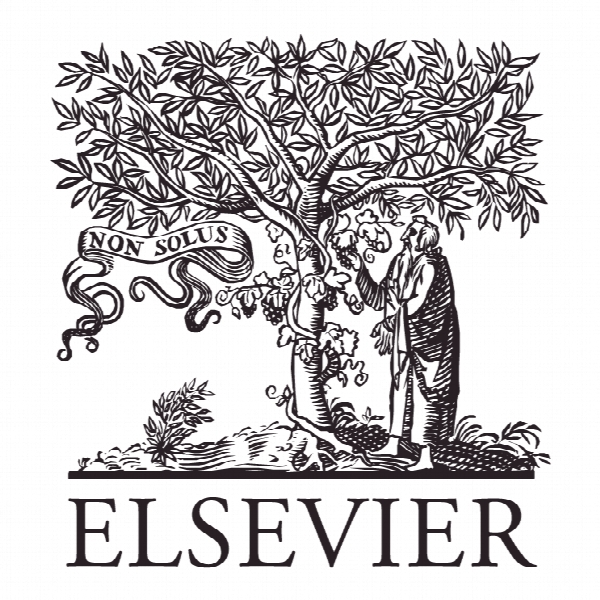سیستم مانیتورینگ بیمار قوی و ناشناس با استفاده از شبکه های حسگر بی سیم پزشکی A robust and anonymous patient monitoring system using wireless medical sensor networks
- نوع فایل : کتاب
- زبان : انگلیسی
- ناشر : Elsevier
- چاپ و سال / کشور: 2018
توضیحات
رشته های مرتبط مهندسی کامپیوتر، فناوری اطلاعات، فناوری اطلاعات و ارتباطات
گرایش های مرتبط امنیت اطلاعات، شبکه های کامپیوتری، دیتا و امنیت شبکه
مجله نسل آینده سیستم های کامپیوتری – Future Generation Computer Systems
دانشگاه Department of Computer Science and Engineering – Jharkhand – India
شناسه دیجیتال – doi http://dx.doi.org/10.1016/j.future.2016.05.032
منتشر شده در نشریه الزویر
کلمات کلیدی انگلیسی Wireless medical sensor network; Password authentication; User anonymity; Hash function; AVISPA tool; BAN logic
گرایش های مرتبط امنیت اطلاعات، شبکه های کامپیوتری، دیتا و امنیت شبکه
مجله نسل آینده سیستم های کامپیوتری – Future Generation Computer Systems
دانشگاه Department of Computer Science and Engineering – Jharkhand – India
شناسه دیجیتال – doi http://dx.doi.org/10.1016/j.future.2016.05.032
منتشر شده در نشریه الزویر
کلمات کلیدی انگلیسی Wireless medical sensor network; Password authentication; User anonymity; Hash function; AVISPA tool; BAN logic
Description
1. Introduction With the advancement of wireless communication and mobile technologies, health-care industry utilizes these technologies in patient monitoring system, where the medical professional can monitor patient’s health from anywhere and anytime. The medical professional monitors various health conditions of a patient through wireless communication using the mobile and the sensor devices. The sensor devices sense the health information of the patient, and send it to the medical professional via a gateway node of the WMSN. Since the sensitive patient information is transmitted through an open channel, so there is a big concern of message security against various types of active and passive attacks. To make secure communication between medical professional and patient, user authentication with session key agreement protocols [1, 2, 3, 4, 5] are widely used. In such protocols, after sharing a common session key between the medical professional and the patient, information can easily be transmitted through open channel by encrypting the message with the session key. In such protocols, session key verification [6] is one of the important security aspects to get assurance about the establishment of the common and secret session key between different participants. In the literature, lots of user authentication and session key agreement protocols are designed using RSA cryptosystem [7], ECC system [8, 9], bilinear pairing [10], chaotic map [11], and hash function [12, 13, 14, 15, 16, 17, 18, 19]. As mentioned in [6], the ECC cryptosystem is more secure and efficient than the RSA system. In cryptography, the bilinear pairing is the most expensive operation than other operations and hence, it is not appropriate for resourceconstrained WMSN. On the other hand, the chaotic map is also more expensive compared with the hash function. It is known that hash function is most lightweight function and popularly used to design various cryptographic protocols for resource-constrained environments. In WMSN, sensor nodes are generally powered by small batteries and recharging of the nodes is problematic. In addition, mobile devices, such as PDAs and smartphones are not suitable to compute expensive operations due to low computing processor.


